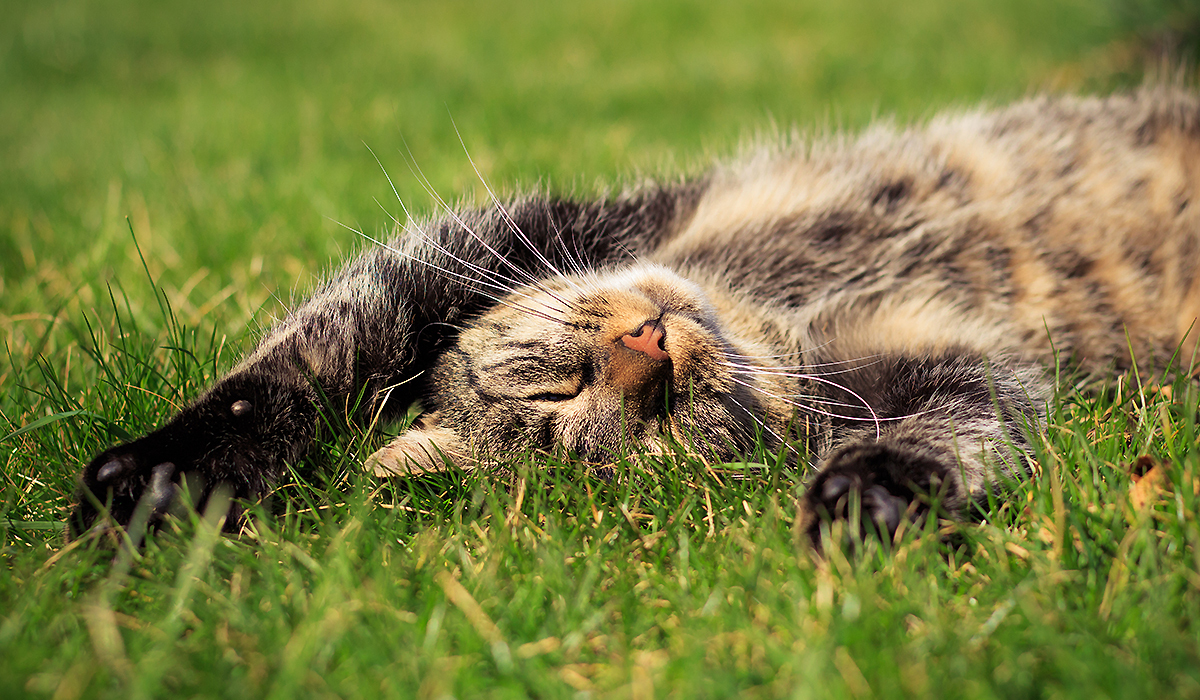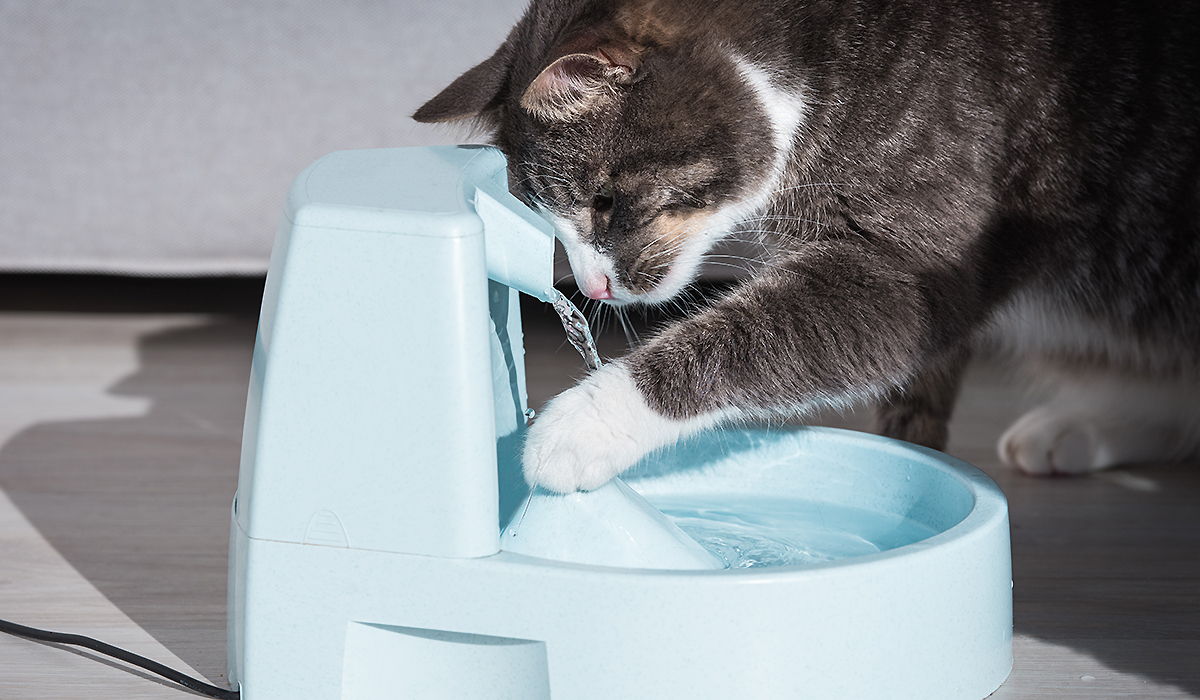Keeping Cats Healthy and Preventing Cancer
21st Feb 2025

This month’s newsletter forms Part 1 of our series, in keeping cats healthy and cancer prevention.
We start by highlighting 2 tips that are crucial to assist with this.
This article and those to follow in the series, will present a total of ten areas of your cat's existence, that could potentially be modified, to keep your cat healthy and prevent the onset of cancer.
These articles are written by our medical specialist, Vicki Adams, who is a trained Veterinarian and Veterinary Epidemiology Consultant, working for the Animal Cancer Trust Charity.
Although it's a challenging reality for cat owners to come to terms with, most vets agree that curing cancer in cats is often difficult, if not impossible. Treatment success or remission depends on the specific type of cancer coupled with early, accurate diagnosis and suitable treatment.
Acknowledging this, naturally leads to the query: can we take preventive measures against cancer in our beloved cats? Regrettably, no clinical trials have demonstrated the ability to prevent cancer in at-risk cats (dogs or other susceptible animals). Nonetheless, clinical observations and a measure of common sense, make a strong case for taking specific precautions and also avoiding harmful substances.
Similar to humans, our animal companions can enjoy extended and healthier lives through favourable genetics, consumption of clean water, regular exercise and exposure to natural light, good emotional
well-being, avoidance of exposure to known and potential carcinogens, inhalation of unpolluted air, optimal endocrine and immune function, and consumption of a healthy diet.
While absolute preparedness and prevention are unattainable, it remains true that prevention is easier than treatment.
We will now focus on the first two tips for the general health & well-being of your feline and preventing cancer.
1. Diet
There is substantial evidence that demonstrates a connection between diet and the susceptibility to various forms of cancer in humans. However, the extent of research on the association of diet with cancer risk in our animal companions, is limited.
Cultivating a healthy lifestyle that encompasses a nutritious diet endures as one of the most effective measures for preventing cancer in humans. The evidence about the role of obesity in triggering diverse cancer types among humans is compelling and there is likely to be a similar association for animals. The absence of comprehensive scientific data to establish a link between obesity and cancer progression in companion pets, merely highlights the current lack of a definitive study to address this question.
However, even in the absence of a clearly established association between obesity and cancer, excess weight unquestionably remains a risk factor for various issues in cats, including joint disease, diabetes, skin disorders, breathing difficulties and a decreased health span.
More and more pet owners are recognising that opting for a minimally processed, nutritionally complete and balanced, biologically appropriate diet, tailored to their pet's species and lifestyle, represents the most beneficial approach to disease prevention.
Cats are obligate carnivores that need meat in their diet, as they cannot synthesise the essential
amino acid - taurine. The method of processing of food, has an impact on the nutrient profile, in terms of digestibility and bioavailability of nutrients, with minimal processing being the best choice. Therefore, avoiding the highly processed wet foods or dry kibble, that contain high levels of carbohydrates, makes more sense.
Feeding fresh, high protein foods, ideally raw, or lightly steamed, combines the benefits of minimal processing and maximal nutrient availability. Most cats will tolerate or accept fresh raw food; but if not, there are now HPP (high pressure processing) forms of raw food available for cats, or even freeze-dried options, that remain healthier than highly processed alternatives.
2. Water

Depending on your geographical location, the level of toxins in your water could be higher than you may be aware. While it might exhibit satisfactory taste and everyone at home might appear untroubled, the gradual accumulation of certain chemicals can culminate in serious health issues, including cancer.
Should you hold concerns about the quality of your tap water, it might be prudent to provide your cats with regularly replaced filtered, or even bottled water. Using glass or ceramic bowls can additionally serve to prevent the transfer of toxins from plastic into drinking water.
When it comes to drinking water, cats can be fussy and may not drink out of a water bowl placed next to their food dish, so it is preferable to place it some distance from their food bowl.
Some cats prefer moving water and may drink straight from a running tap or from puddles outside.
There are many different types of water fountains available for cats to help maximise water intake.
An adult cat needs between 50 ml and 70 ml fluid per kilo body weight every day; if your cat weighs 4 kg, then they should be drinking between 200 ml and 280 ml per day, although this will depend on the water content of their diet. To make sure your cat has access to fresh, clean water, you may wish to place bowls of water in various locations around the home, so that water is always within easy reach.
We hope these first 2 tips relating to your cat’s health and cancer prevention, have been useful and we will present further advice and tips, in the series to follow.
Hopefully, after reading this series of articles, you will realise that just a few changes could make a big impact on your cat’s health.
